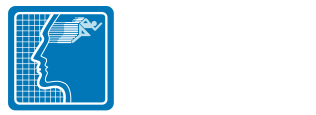Static MRI is like a formal family portrait whereas DMX is the video of how your family really acts.
-
DMX is ideal for anyone who has suffered a whiplash, concussion, or other neck injury and has developed chronic symptoms.
-
DMX provides a unique look at the structures causing your pain and other joint instability symptoms.
-
DMX can be especially helpful when MRI and static X-ray showed “nothing” but you still have chronic symptoms!
DMX is a motion picture of the bones while a person is moving. It is a dynamic diagnostic tool, versus a static one, and can be used for all joints of the body. The scan is produced in real time, while the person is moving. Other terms for Digital Motion X-ray used in the medical literature or cineradiography or video fluoroscopy. DMX can show spinal and peripheral joint instability from ligament damage. Pain typically occurs with motion. By being able to see the bones in motion, DMX picks up the abnormal or excessive motion whereas MRI, CT scan and static x-rays do not. You could think about it this way: Static MRI is like a formal family portrait whereas DMX is the video of how your family really acts.
